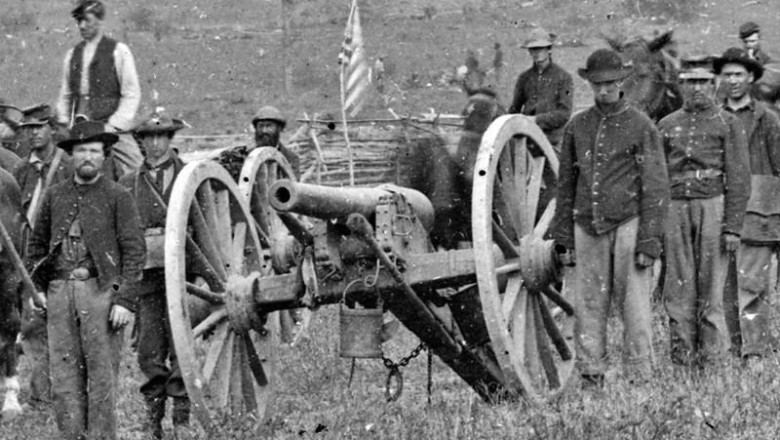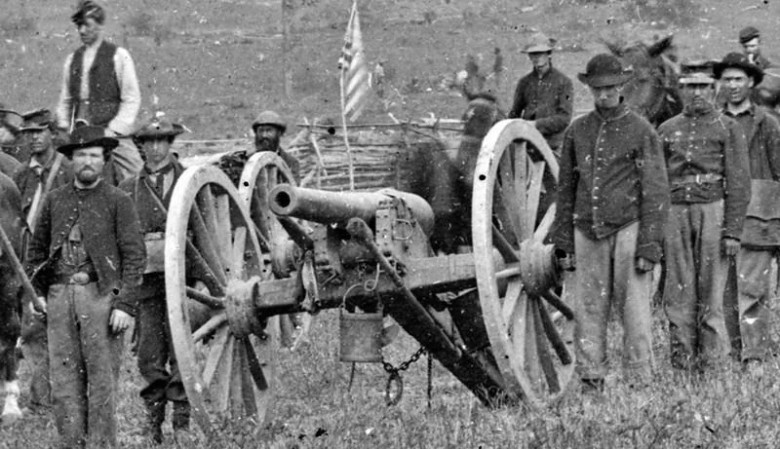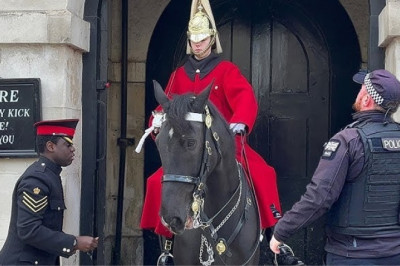
views
Soldiers Prepared for the Battle of Antietam in 1862
The Battle of Antietam, also known as the Battle of Sharpsburg, took place on September 17, 1862, and is remembered as one of the bloodiest days in American military history. With over 22,000 soldiers killed, wounded, or missing in a single day, the preparations leading up to this pivotal Civil War battle were critical for both the Union and Confederate forces.
The Road to Antietam
In the summer of 1862, Confederate General Robert E. Lee initiated an invasion of the North, hoping to sway public opinion and gain foreign support for the Confederacy. His Army of Northern Virginia crossed the Potomac River into Maryland, capturing the town of Frederick. In response, Union General George B. McClellan led the Army of the Potomac to intercept Lee's forces, setting the stage for the Battle of Antietam.
Union Preparations
General McClellan's army was well-prepared for the coming confrontation. After previous setbacks, the Union forces had been reorganized and reinforced. McClellan was determined to secure a decisive victory on Northern soil to boost Union morale and support for the war effort. His troops were well-supplied with ample artillery and ammunition, and they were ready to engage Lee's army.
Confederate Preparations
Despite being outnumbered, General Lee's Army of Northern Virginia was also well-prepared. Lee had carefully chosen his defensive positions along Antietam Creek, near Sharpsburg, Maryland. His experienced and battle-hardened troops were ready to hold their ground. Lee's strategy was to inflict heavy casualties on the Union forces and force McClellan to withdraw.
The Battle Commences
The battle began at dawn on September 17, 1862, with Union forces launching a series of attacks on the Confederate positions. The fighting was intense and brutal, with heavy casualties on both sides. The Union forces attacked Lee's left flank near Dunker Church, and the battle quickly spread across the battlefield.
The Climax of the Battle
The turning point came in the afternoon when Union General Ambrose Burnside launched an assault on the Confederate right flank, successfully capturing a critical stone bridge over Antietam Creek. This breakthrough threatened to split Lee's army in two. However, Confederate reinforcements arrived just in time to repel the Union advance, preventing a complete collapse of Lee's defenses.
The Aftermath and Significance
The Battle of Antietam ended in a tactical stalemate, with neither side gaining a clear victory. However, it was a strategic win for the Union as Lee's invasion of the North was halted, and he was forced to retreat back into Virginia. The battle's outcome provided President Abraham Lincoln with the opportunity to issue the preliminary Emancipation Proclamation, shifting the focus of the war to the issue of slavery and galvanizing support for the Union cause.
Conclusion
The Battle of Antietam was a defining moment in the American Civil War, marked by intense preparation and brutal combat. Both Union and Confederate soldiers were meticulously prepared for the confrontation, and the battle's outcome had far-reaching implications for the war and the nation's future. The events leading up to and during the battle highlight the importance of strategy, leadership, and determination in shaping the course of history.





















Comments
0 comment